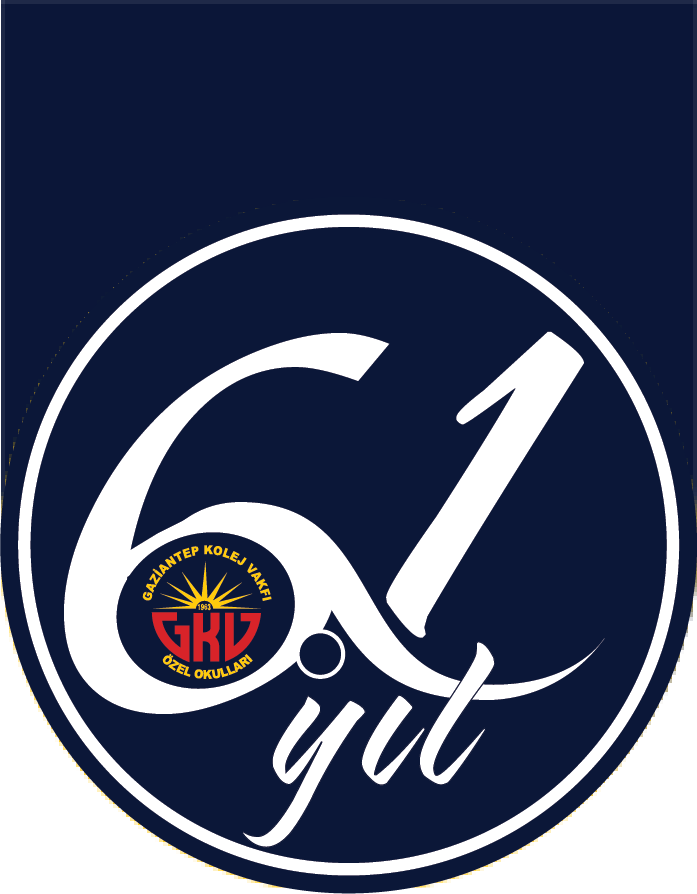 |
|
 |
|
THE IB EXTENDED ESSAY I. What is it? The Extended Essay is
II. What can I write about?Your Extended Essay topic must fall under one of the subjects listed below. You need not be studying this subject in your Diploma programme, but it is recommended. Group 1: Language and Literature (only in Turkish or Arabic, except with special permission for foreign students): Group 4: The sciences Group 5: Mathematics Interdisciplinary essays III. How do I begin? A. Choose a subject area from the list above. It is very important that you choose a subject area that interests you, and for which you can find a range of possible topics to research. B. Choose a supervisor. Your supervisor can be a teacher at this school, or it can be someone from another school, university, or a business or laboratory related to your subject area. If your supervisor is not an IB teacher, or is someone who is not fluent in the language you are writing your essay in, you should find a secondary supervisor with some experience in IB Extended Essays who can read and give feedback on your essay. C. Make an appointment with your supervisor. Have a meeting to discuss your ideas for an essay topic. Your supervisor is not responsible for coming up with ideas, but s/he can direct you, help you brainstorm, and suggest possible resources. Fill out a reflection form and submit to IB Coordinator. D. Choose a topic. The topic should
You are not expected to make a contribution to world knowledge. For example, if you choose Mathematics as your subject, you are not expected to invent a new theorem. However, your essay must involve personal research, a thesis or hypothesis, analysis and discussion. Even a “failed” experiment (one which does not produce the predicted results) can yield an acceptable mark as long as there is sufficient evaluation of what went wrong and why. What will get a low mark is an EE that simply reports information from outside sources and presents no argument or analysis.
E. Formulate your topic into a research question or questions. This is normally written in a question form, but it can also be a hypothesis. The answer to your research question will eventually be your thesis, and the focus of all of your supporting arguments, so keep this question in mind throughout your research and essay writing. F. Evaluate methods of research Ask yourself
G. Consult your supervisor at each stage, and in case of difficulty. H. Expect to change your mind several times along the way. IV. What is an appropriate topic or research question? An appropriate topic is one which is not too general, trivial (unimportant in terms of what knowledge it contributes), or speculative (asks a “what if” type question that cannot be answered). Your research should not be on a topic that is such common or obvious knowledge that any educated person already knows the answer. Avoid topics which are too broad or too deep. Narrow your focus to a particular subcategory of a topic. Examples:
V. How should my essay be structured? A. Overall presentation The Extended Essay should be written in a clear, correct, and formal style appropriate to the subject from which the topic is drawn: APA for science/social science essays, MLA for literary essays. It should be typed in Word, using a 12 pt., Times New Roman font, double-spaced. Citations or footnotes and bibliography should be done using the assigned format throughout the essay. B. Length The upper limit is 4000 words, but the essay should be at least 3500. Essays of more than 4000 may be penalized. Examiners are not required to read beyond the 4000 mark. The word count includes the introduction, body, conclusion and any quotations, but does not include:
C. Title and title page The title should provide a clear indication of the focus of the essay. It should be precise and not necessarily phrased in the form of a question. However, you should have a research question related to your title, which must appear somewhere in your abstract and in the introduction paragraph of your essay, and written in the form of a question. Examples: Title (Geography) The influence of distance on agricultural land use patterns in New South Wales, Australia Research question: Is there a characteristic pattern in the use of agricultural land with distance away from central places in New South Wales? Title (English A2) Religious imagery in Wuthering Heights Research question: What is the nature and function of the religious imagery used in Wuthering Heights? Title (Mathematics) An investigation into polynomial functions Specific Issue: Observations of the characteristics of the polygonal cycloids obtained by rolling regular polygons along a straight line A title page should maintain the format of the rest of the essay, and include your title, the subject area, your name, candidate session number and your supervisor’s name. Illustrations or graphics should be restrained and appropriate to the topic. D. Abstract The abstract (not to exceed 300 words) is no longer a formal requirement for the EE. However, we would like you to include is as an important academic skill (and also because you will learn to use them when evaluating sourses for your research). It is included immediately after the title page. It presents a short summary of the extended essay, and is normally written last, after reseach is finished. The following is included in the abstract:
E. Headers and page numbering As per the requirements of APA and MLA format, your essay will include a header that contains the essay title (or partial title) and page number for APA, or your surname and page number for MLA. You will be trained on how to do this. F. Table of contents page A contents page must be placed after the abstract and all pages should be numbered. An index is not required. Remember to check the contents page after making changes to your essay, as page numbers can change. G. The essay
Body / Development – The body is a convincing answer to the research question. The structure and approach will depend on the subject. Some subjects may require sub-headings for major sections within the main body. Scientific investigations will usually have separate sections for method and results. In other subjects, sub-headings should be avoided because they disrupt the flow and unity of an essay.Any external sources of information you refer to (related articles, hyperlinks, videos, DVDs, etc.) will not be looked at by the examiners, so you should be sure to explain what they are about.
Conclusıon – The requirements of a conclusion are that it
Note: You can be sure that the IB examiner(s) will run your essay through Turnitin or other plagiarism-checking software, as will the GKV librarian before we submit your EE to the IBO. Any plagiarism will automatically result in a zero mark. Don’t do it! H. IlllustrationsPresentation and overall neatness are important, and it is essential that illustrations be attractive and used effectively. Graphs, diagrams, tables, and maps should be well labeled, fully explained and interpreted, and can be easily read. They must be directly related to the text and properly acknowledged. Photographs and postcards must have a caption or be annotated and only used to illustrate a specific point made in the Extended Essay. Since physical specimens used in research may not be submitted, photographic evidence might be appropriate in this case. Graphics can also be placed as appendices at the end of the essay. In all cases, explanitory text will be included in the word count. I. References / Bibliography The direct or indirect use of the words of another person, written, oral, or electronic, must be acknowledged appropriately, as must visual material in the essay which is from another source. Failure to do this will be viewed as plagiarism.The bibliography or list of references should only include those works, such as books, journals, or online sources that have been used and cited in the body of your essay. Our school will use the APA style of referencing for science or social science essays and the MLA style for literary essays.Footnotes and/or endnotes are permissible. Notes that refer only to external sources are not included in the word count, but notes of an explanitory nature are included, so care should be taken not to exceed the total word count.A workshop will be given by the librarian to show you how to use Word to create citations and reference pages. J. Researcher’s Reflection Space You must meet with your supervisor at least three times and fill out an Extended essay - Reflections on planning and progress form (EE/RPPF) for each meeting. One session should happen early in the process, one in the interim, and one near the end with a “viva voce” interview. These forms, signed by the student and supervisor, are compulsory, are submitted along with the EE, and are assessed by the IB examiner. Only the first 500 words are assessable. VI. What are the deadlines? A. Year One The Extended Essay is your term homework project as well as an IB requirement, so you must submit a portion of your preliminary work in year one. Additionally, if you do not stick to a schedule it is very difficult to stay on target. The schedule for the first year is: B. Year Two
EXTENDED ESSAY
EXTENDED ESSAY
|
 |
 |
 |
 |
 |
|





